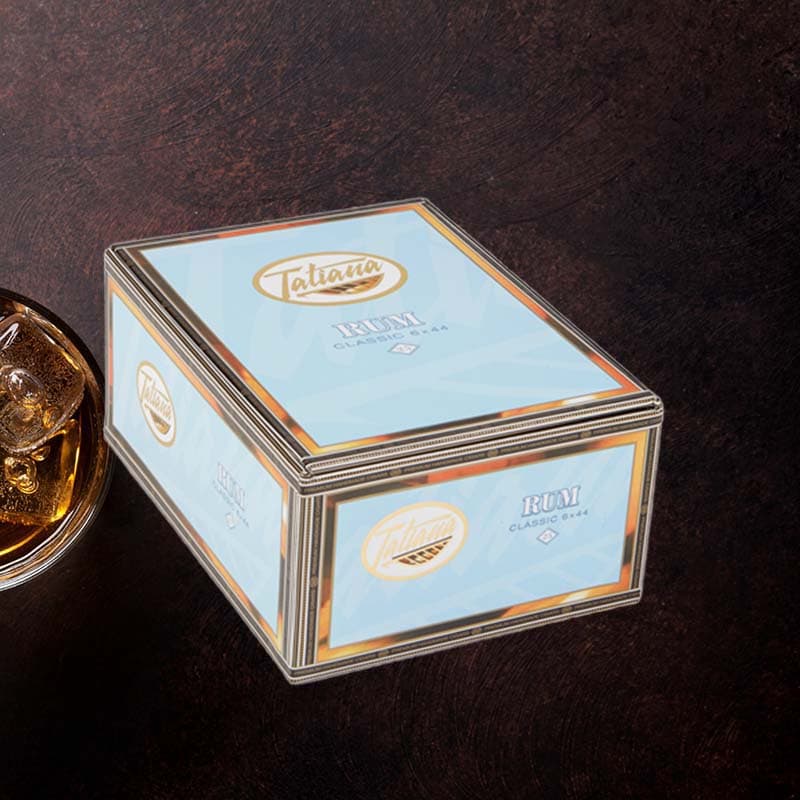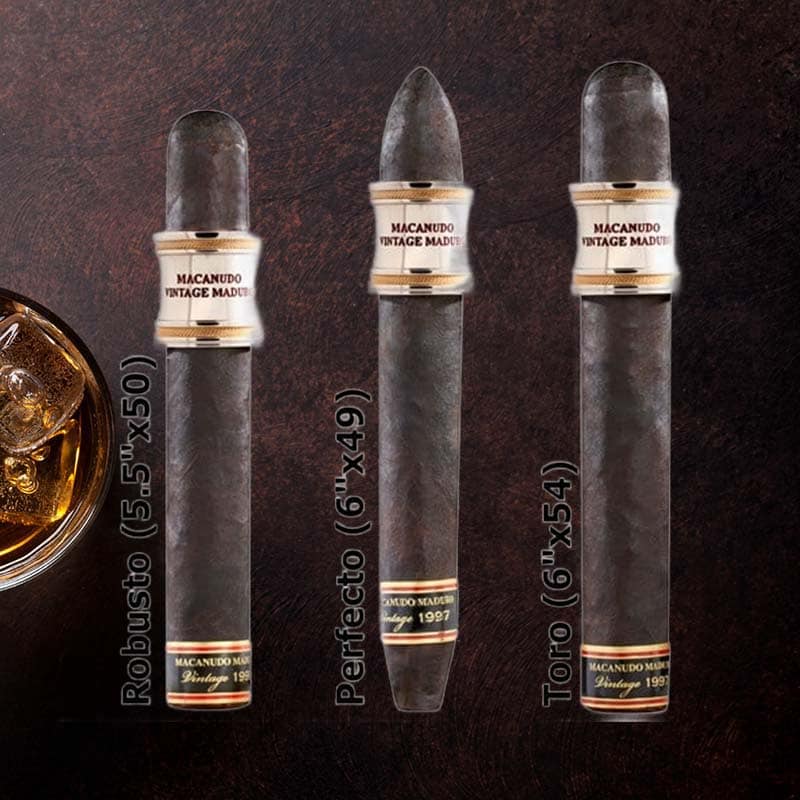How to light a butane torch
How to Light a Butane Torch
When I first decided to acquire a butane torch, I was both excited and nervous. The idea of harnessing such a powerful tool to warm, caramelize, or solder had me thrilled, but you’d agree that lighting a butane torch isn’t something you’d want to botch. That moment when the flame ignites makes my heart race! In this guide, I’ll share every step of the process with you, plus some tips and tricks along the way.
Steps to Light a Butane Torch
Step 1: Gather Your Materials
Before diving in, I always make sure to collect everything I need:
- Butane torch
- Butane canister (if refilling)
- Safety gear (gloves and goggles)
- Flame-resistant surface (if needed)
Step 2: Check the Butane Level
It’s crucial to ensure your torch has sufficient butane. I like to shake the torch gently; if I hear a sloshing sound, I’m good to go. If not, it’s time for a refill!
Step 3: Adjust the Flame Height
Most torches allow you to customize the flame height. I usually set it to medium, finding that it offers great control without overwhelming me.
Step 4: Activate the Flame
Engaging the ignition switch (usually a button or lever) is the next step. In my experience, this is where the excitement builds—will it light up effortlessly? Often, it does, but let’s keep moving.
Step 5: Start the Lighting Process
Now that I’m all set, I press down on the ignition and immediately point the nozzle away from my face, respecting the flame. I can feel the anticipation as I watch the flame emerge.
Step 6: Achieve an Even Flame
Once lit, I adjust the flame until it becomes stable. A uniform blue flame is what I aim for. If it flickers, I find adjusting the gas flow helps stabilize it. Consistency is key!
Step 7: Safety Precautions
Safety always comes first; I ensure I’m working in a well-ventilated area, away from flammable materials, and that I wear protective gloves and goggles. It’s always better to be safe than sorry!
How to Refill a Butane Torch
Step 1: Choose the Right Butane
When it’s time to refill, I prefer high-quality refined butane to avoid impurities. Not all butanes are created equal!
Step 2: Fill the Tank Properly
I align the butane nozzle with the torch’s filling nozzle, ensuring a tight seal. I press gently to fill the tank.
Step 3: Bleed the Tank Before Refilling
If it’s a stubborn torch, I’ll bleed the tank by pressing the release valve briefly to let excess gas escape. This ensures a proper fill.
Step 4: Wait for Your Torch to Settle
Patience is key! I let the torch sit for a minute after refilling before attempting to use it again. This helps the gas stabilize.
Troubleshooting Your Butane Torch
Common Issues When Lighting
Sometimes, my torch refuses to light. It could be due to low butane levels or air in the fuel line, which always puts a damper on my plans!
How to Fix a Weak Flame
A weak flame usually means I need to check the butane levels or adjust the flame height. Re-fiddling with the settings often does the trick!
Dealing with a Hissing Sound
A hissing sound often signals a leak. If I hear this, I immediately stop using the torch, check connections, and re-evaluate the butane level.
Tips for Using Your Butane Torch
Excessive Flame Adjustments
I’ve learned to avoid tweaking the flame too often while using it; it can become finicky. I set it once and try to stick with it.
Proper Holding Technique
Holding the torch firmly yet comfortably is key for me. I usually grip it with a relaxed hand to maintain stability.
Recommended Safety Gear
I can’t stress enough the importance of using safety goggles and gloves. They protect me from burns and harmful fumes, making the whole experience safer.
Additional Uses for a Butane Torch
Cooking and Culinary Applications
Butane torches are fantastic for browning the tops of crme brle or melting cheese on a dish. I often use mine while cooking to add a unique touch to my meals!
Crafting and DIY Projects
For craft projects, especially soldering metals, a butane torch works wonders. I’ve had great success creating unique pieces of jewelry using this technique.
Cons of Using a Butane Torch
Potential Hazards to Consider
While I love my butane torch, I always respect its potential hazards. Burns and fire are real risks, making training and focus essential whenever I use it.
Maintenance Requirements
Keeping my torch in good shape requires occasional cleaning and maintenance, which I always plan for to prolong its life.
Should You Buy a Butane Torch?
Factors To Decide Before Purchasing
Before purchasing, I evaluate how often I’ll use it, its versatility for different tasks, and whether I’m comfortable with its upkeep. It’s a worthwhile investment if I plan to use it frequently!
Frequently Asked Questions
How Long Does Butane Last?
Butane typically lasts several hours, depending on the size of your torch and how high the flame is set. I’ve noticed larger tanks last longer with moderate use.
Can I Use Regular Lighters for Similar Purposes?
While regular lighters can work for simple tasks, I find butane torches offer a higher flame intensity and precision that standard lighters simply cannot match.
Conclusion
Key Takeaways on Lighting Your Butane Torch
Today, I’ve shared everything I know about lighting a butane torch—it’s a thrilling process that, when done correctly, can illuminate both your workspace and creativity. Remember, proper techniques and safety precautions will keep you and those around you safe while tapping into the versatility of this amazing tool. Now, it’s your turn to ignite that flame and get started!












